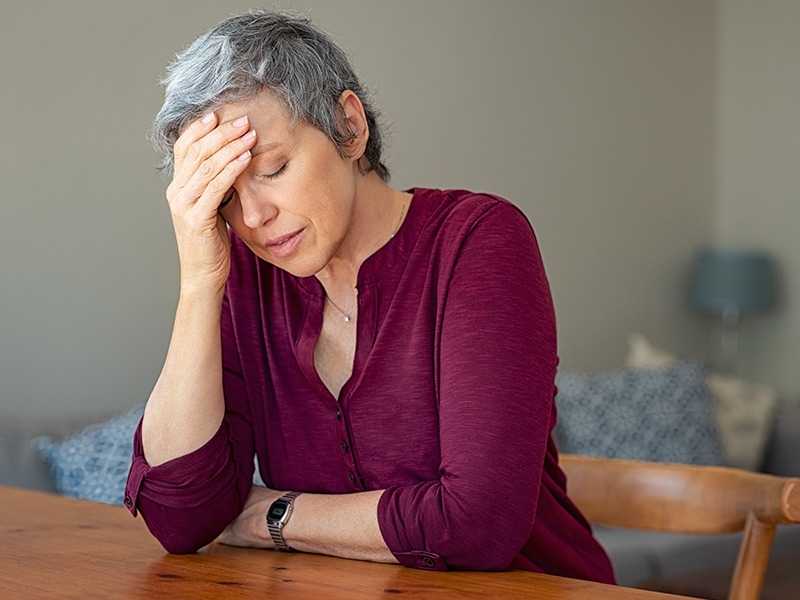For women entering their late 40s or early 50s, menopause is the start of an undeniable transition marked by mood swings, hot flashes, night sweats, sleep problems, and changes in metabolism and libido. Hormone therapy may help.
There are ways to relieve the symptoms of menopause. Many women have found hormone therapy can alleviate their worst discomfort, says Theresa Patton, MD, OB-GYN on the medical staff at Methodist Dallas Medical Center.
“We are living extremely long lives now compared to our ancestors, and suffering with menopausal symptoms for a significant portion of that life is unnecessary,” Dr. Patton says. “So, don’t be afraid to look into your treatment options.”
1. Estrogen influences many functions
Estrogen, the primary female sex hormone, is known for its role in healthy sexual and reproductive development. But it also protects bone health, regulates cholesterol levels, and interferes with damaging free radicals, according to the Cleveland Clinic.
“Estrogen is an important hormone that affects nearly all tissues of the body including the breasts, vagina, brain, skin, and more,” Dr. Patton says.
As women age and stop menstruating, their bodies produce less estrogen. Low estrogen can cause many of the symptoms associated with menopause, including hot flashes, trouble sleeping, vaginal dryness, low libido, and dry skin. Estrogen therapy can correct these issues.
It may also be beneficial in other ways, Dr. Patton explains, such as maintaining strong bones, although that’s not its primary use. Some studies suggest estrogen can help prevent vascular disease and dementia, but the data is mixed and depends on each person’s health condition.
2. Risks vary from person to person
Hormone replacement therapy can increase risks of blood clots and heart attacks for some patients, depending on the dose, timing, and type of treatment, Dr. Patton says.
Hormone therapy primarily helps women younger than age 60 and those who start treatments within 10 years of experiencing menopausal symptoms. For them, the benefits may outweigh the risks.
Another concern patients often mention is breast cancer, Dr. Patton says. One study conducted by the Women’s Health Initiative (WHI) found an increased risk of breast cancer with hormone replacement therapy.
That study refers to a specific treatment, involving estrogen and another hormone, progesterone, Dr. Patton says. Progesterone is sometimes used in combination with estrogen to lower the risk of uterine cancer.
An updated analysis has since found taking estrogen alone does not increase the risk of breast cancer.
“What we’ve learned since that study is that using a lower dose of estrogen for a shorter amount of time is safe for most women,” Dr. Patton says.
3. Not all medications are made equal
Hormone therapy comes in many forms: creams, injections, patches, and pills. Their formulas also vary, and your body can react differently depending on which you use.
Many healthcare providers offer an estrogen pellet that contains traces of testosterone, which may be beneficial for a small percentage of women by preserving bone density, muscle mass, and libido.
“My experience is that these pellets contain too much testosterone, causing women to have testosterone levels as high as men,” Dr. Patton says. “This has many health risks associated with it, especially heart attack.”
It’s more difficult to control the dose of these pellets, too. They may also raise estrogen to unhealthy levels, putting women at higher risk for blood clots in the legs or lungs.
4. Be informed and go slow
Whether hormone therapy is the right choice for you also largely depends on your personal health condition.
“Definitely go over your needs and concerns with your doctor,” Dr. Patton says.
If you do decide on it, it’s best to start on the lowest dose possible and for the shortest amount of time.
“I tell patients all the time that a short time for hormone therapy is 5 to 10 years,” Dr. Patton says. “That will help them gently get past the symptoms they get during that transition into menopause.”

